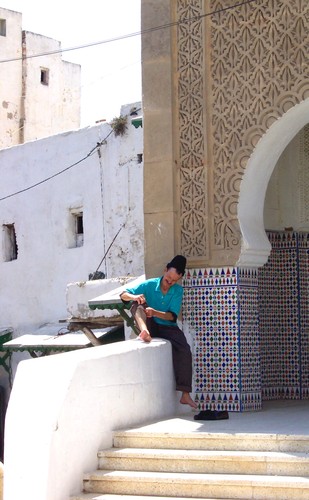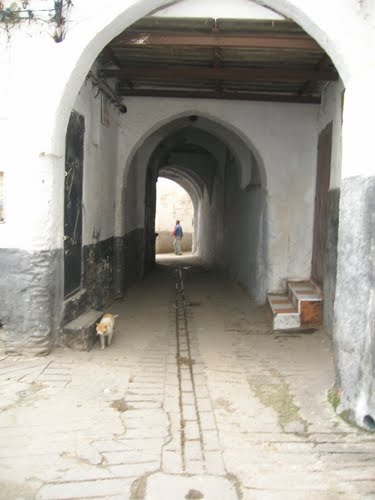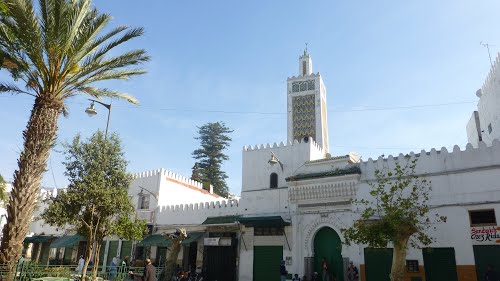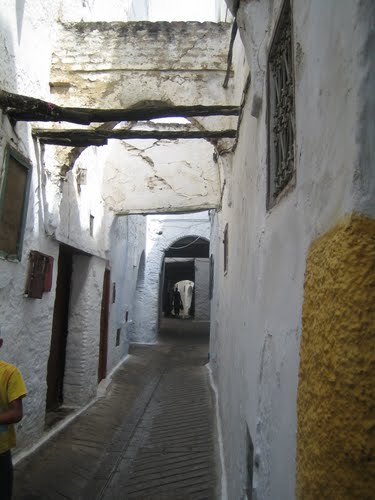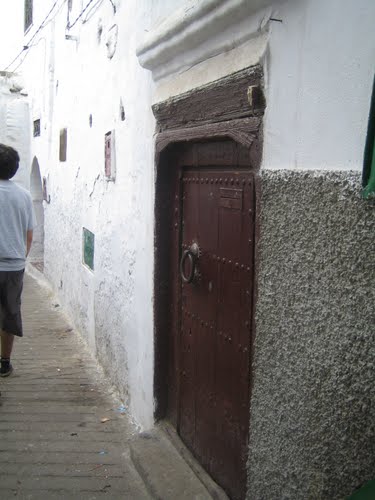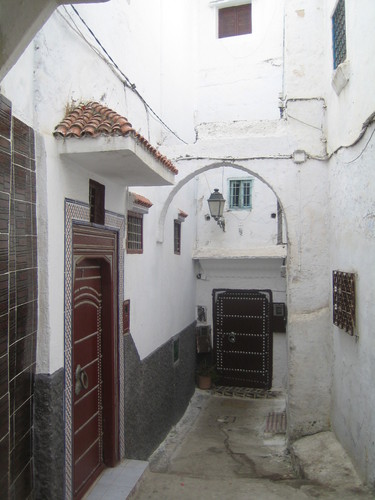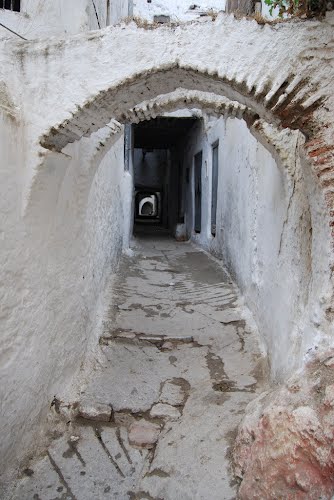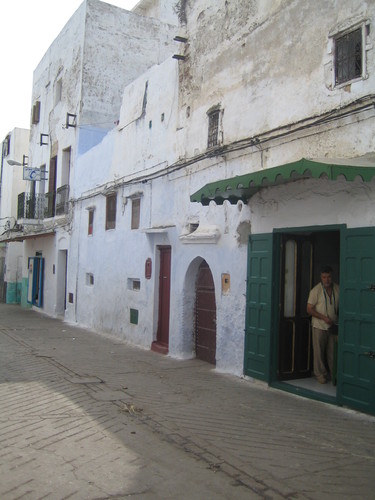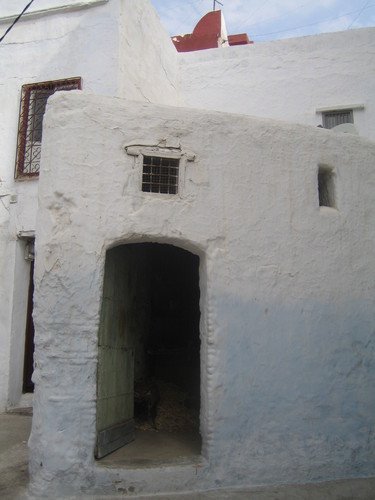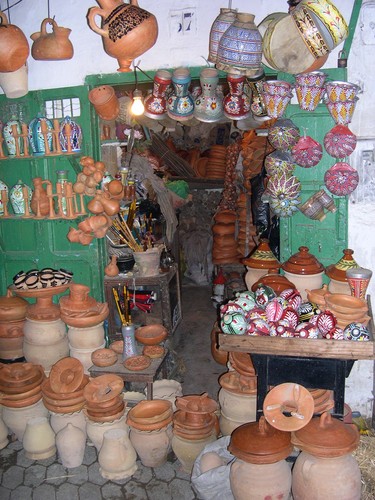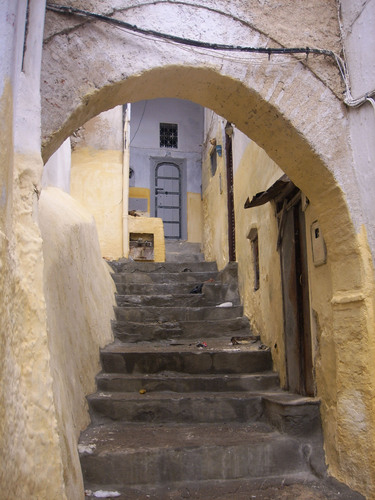The Medina of Tetouan developed on the steep slopes of the Jebel Dersa. In the Islamic period it had particular importance from the 8th century onwards since it served as the point of connection between Morocco and Andalusia. After the Reconquest, the town was rebuilt by refugees in this region who had been expelled by the Spanish. This is well illustrated by its art and architecture which reveal clear Andalusian influence. It is one of the smallest of the Moroccan medinas but indisputably the most complete and the majority of its buildings have remained untouched by subsequent outside influences.
The Medina of Tetouan is surrounded by a historic wall of approximately 5 km in length and accessed by means of seven gates. The urban layout is characterised by main streets linking the gates to one another and giving access to open spaces (squares and smaller squares) and public buildings such as funduqs, mosques, zawayas and to the artisan and commercial districts, and on the other hand to smaller lanes leading to passages and semi-private residential areas. A true synthesis of Moroccan and Andalusian cultures, the historic town of Tetouan presents urban and architectural features that have influenced the architectural and artistic development during the period of the Spanish Protectorate. The town of Tetouan is famous for its school of arts and crafts (Dar Sanaa) and its National Institute of Fine Arts which testify to an ancestral tradition and an opening onto the world today.




